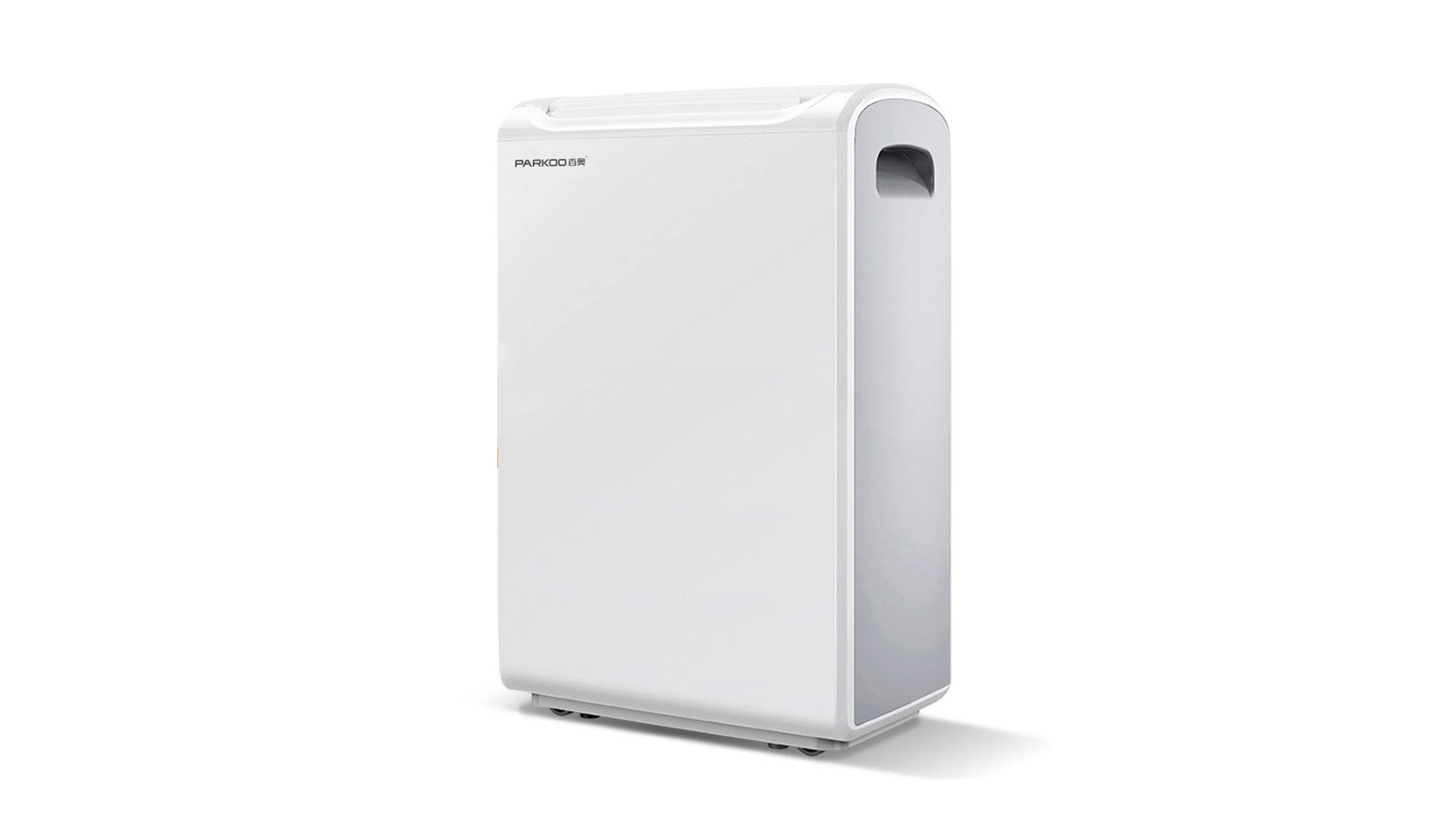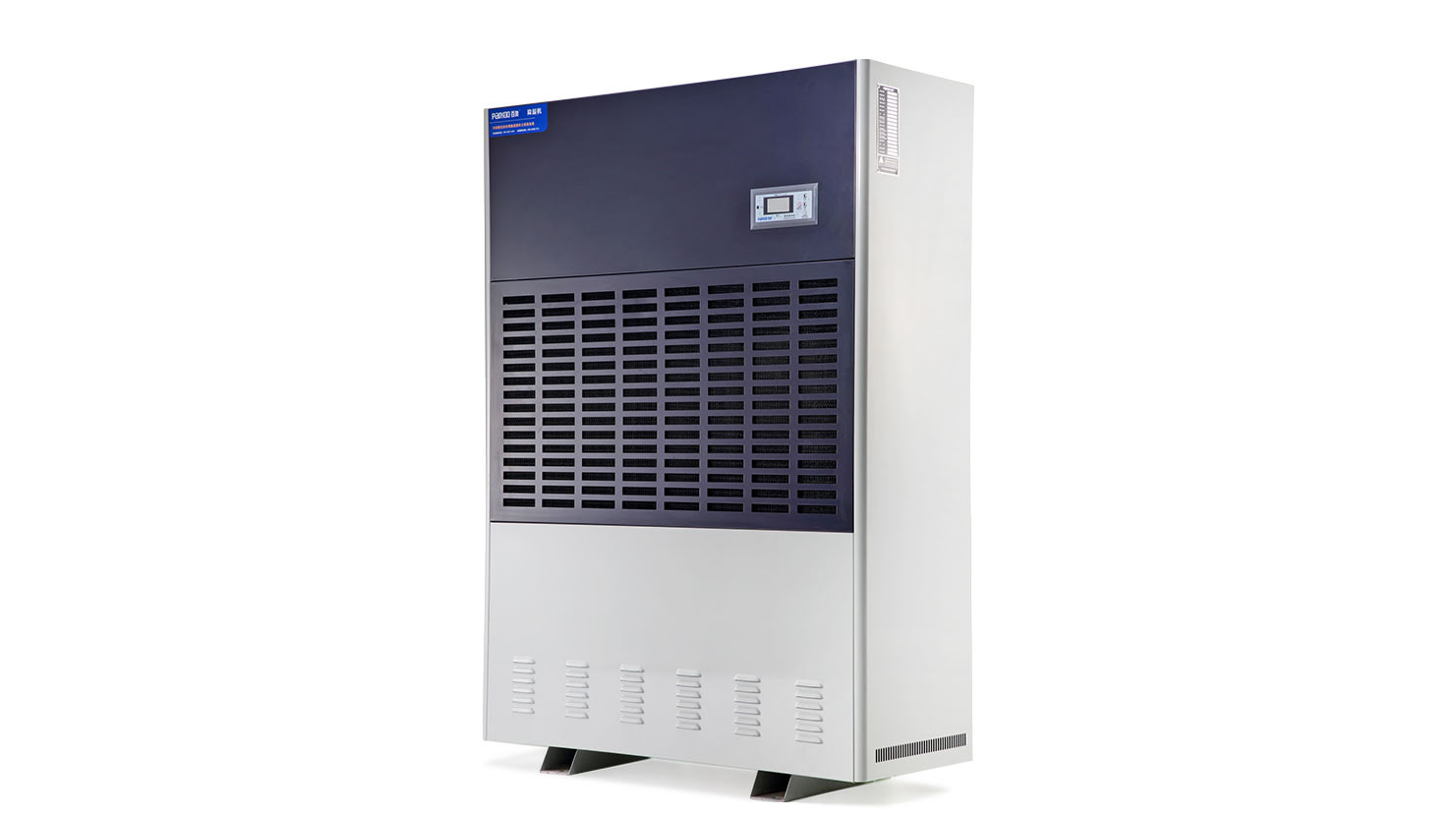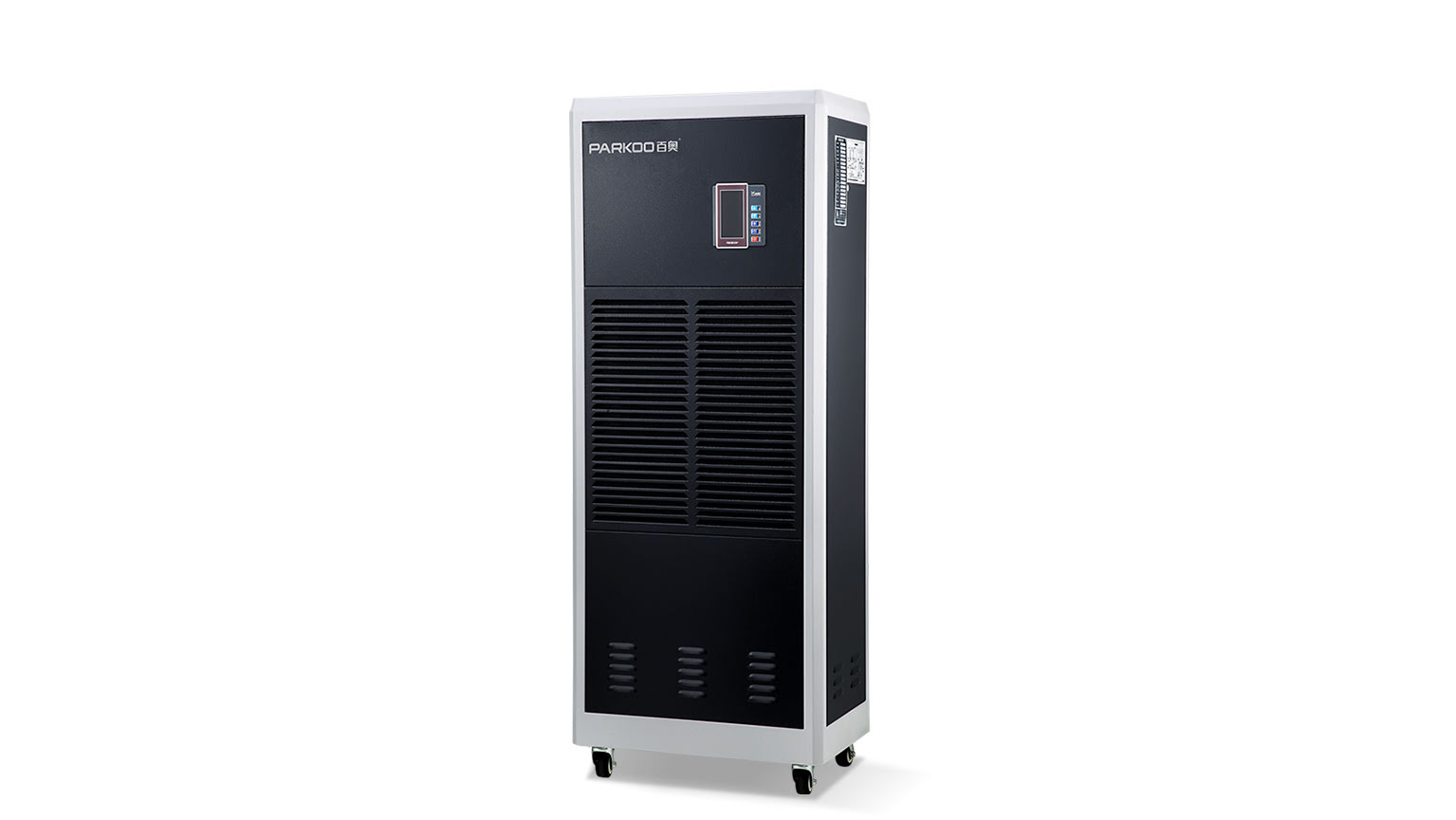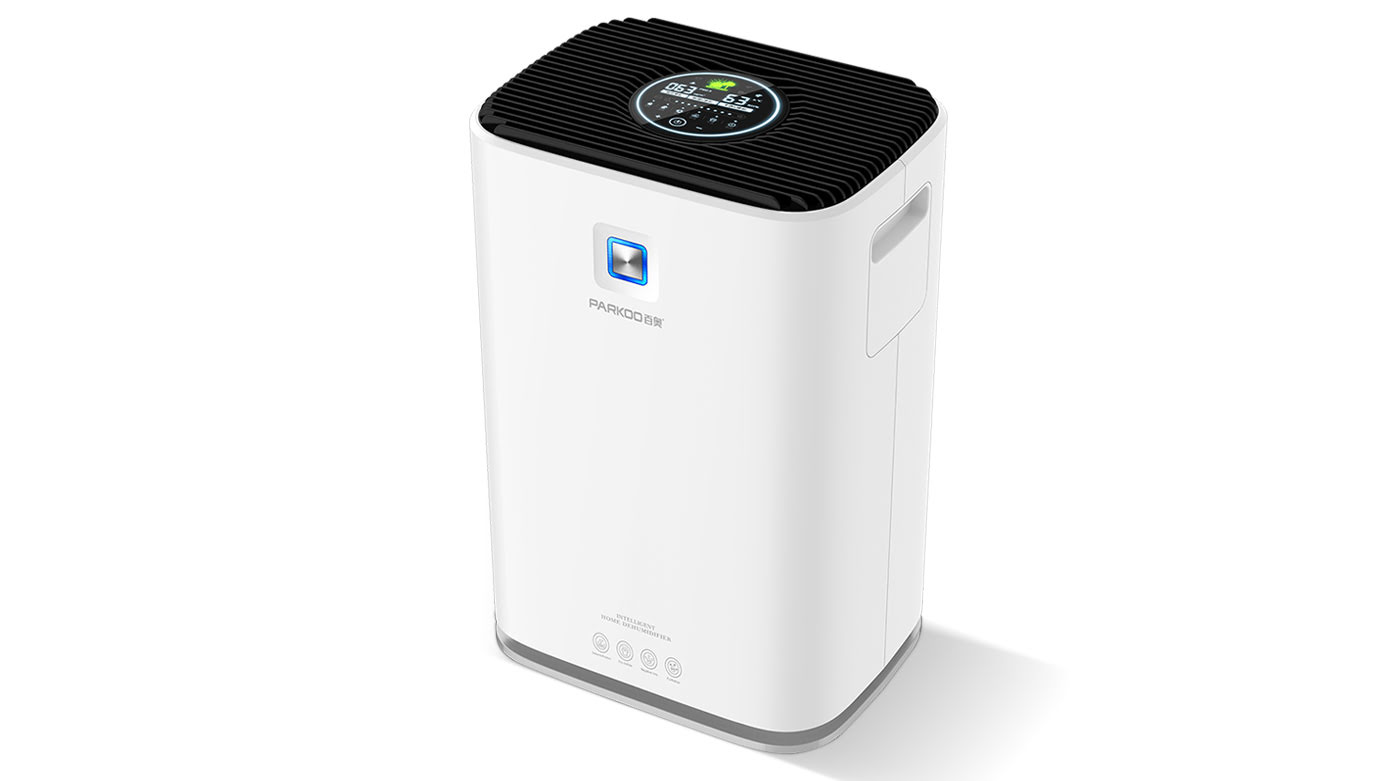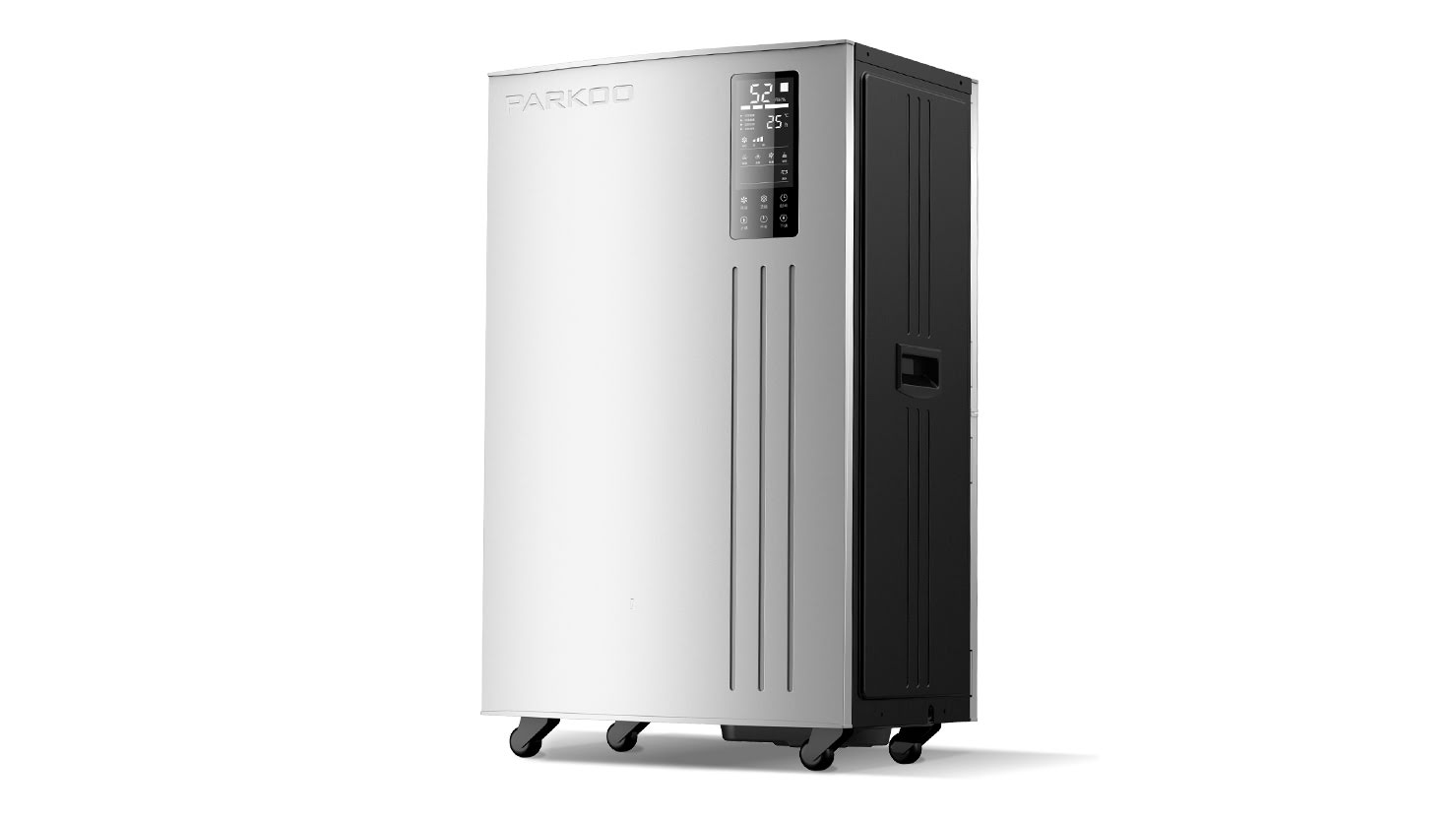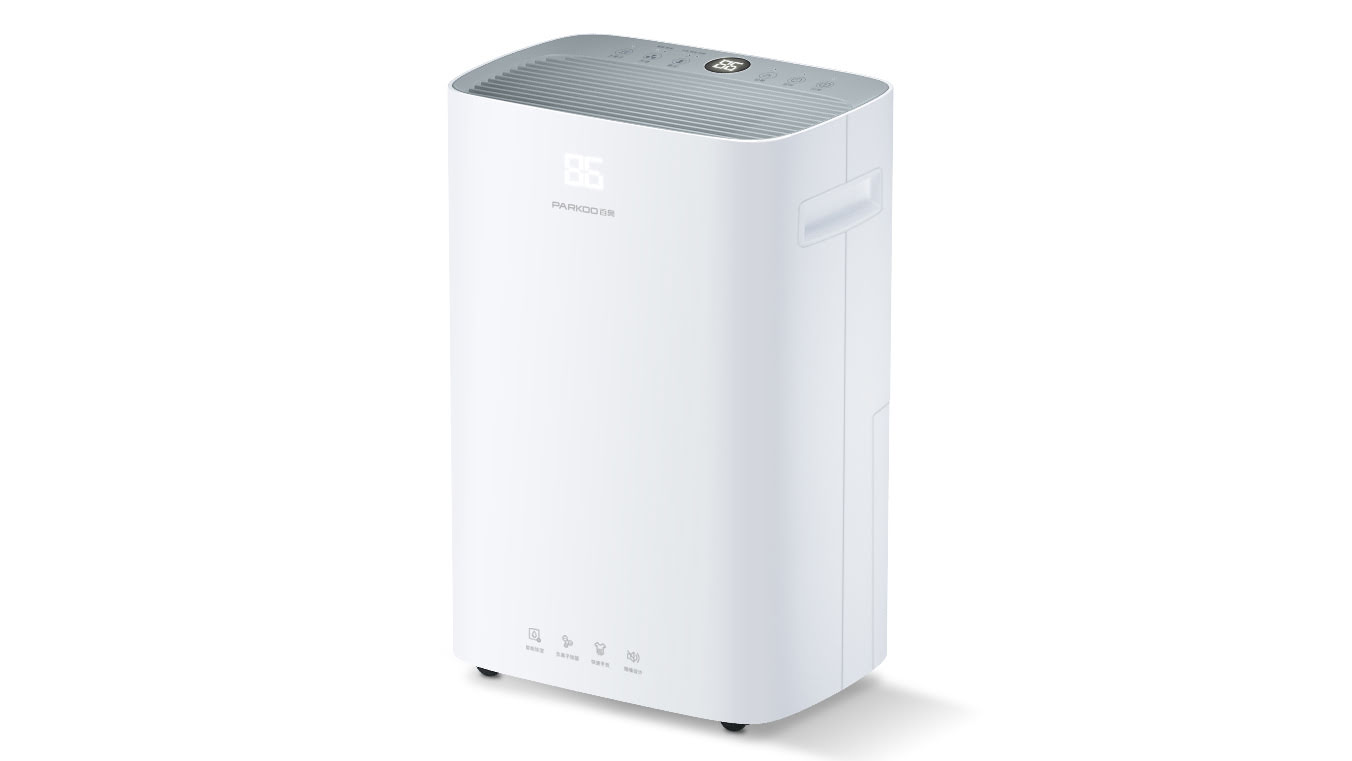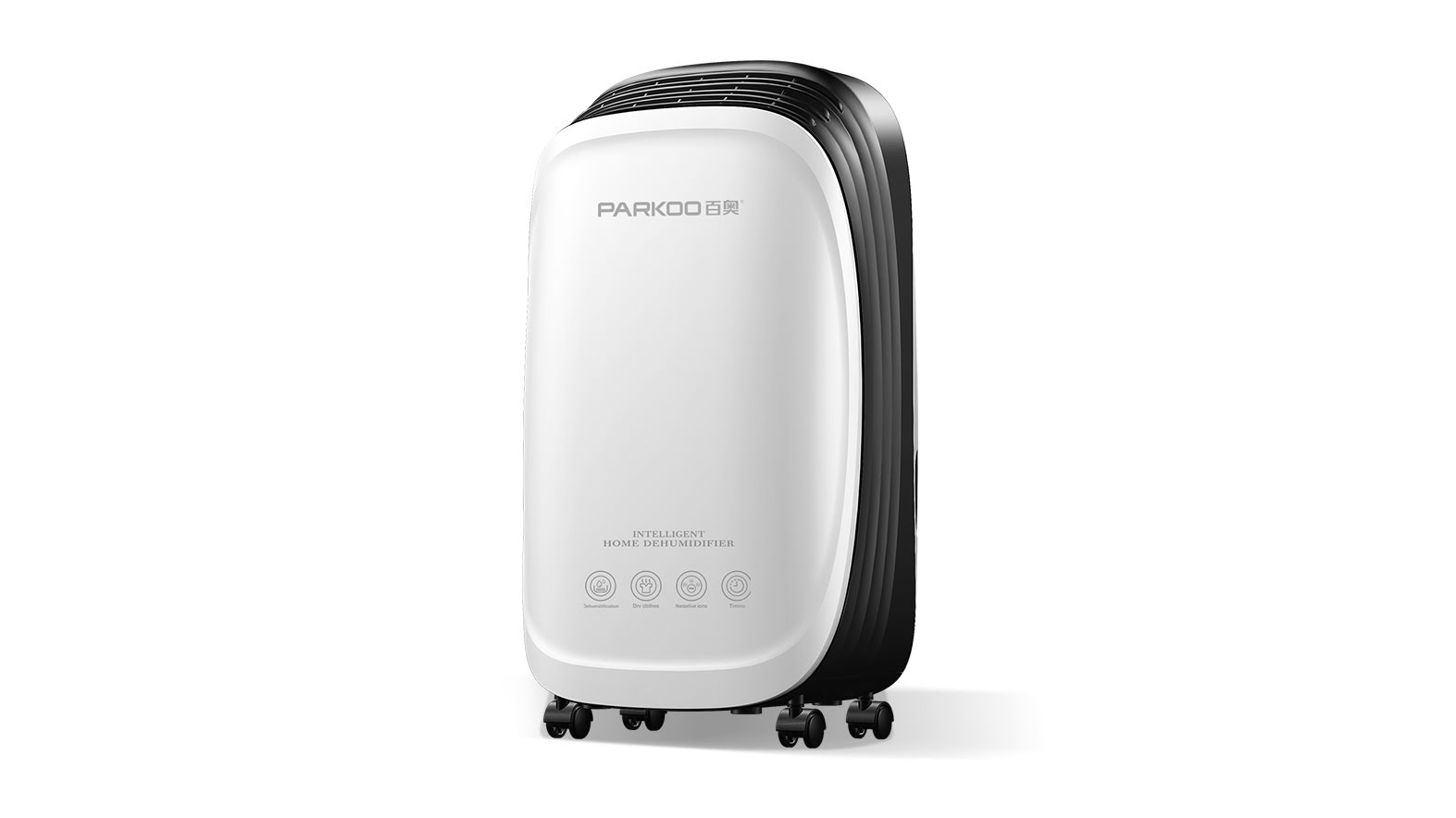Recent studies have shown that huMidity within the range of 40-60% RH has adverse Effects on influenza viruses in the air, Making them harmless It strengthens the low level of humidity in Public and Commercial places, which should be Maintained above 40% relative humidity to reduce air transmission this is especially true in Environments such as doctor surgeries, hospitals, and HealthCare Facilities, where There are more infected individuals and other paRTicularly vulnerable populations The critical humidity level of 40 to 45% RH has been strengthened in countless decades of research
The national Institute of Occupational safety and Health (NIOSH) sampler collects aerosols through the mouth, 10cm on both sides of the Mannequin and Three other positions (P1, P2, P3), as shown in the figure. The mouth of the cough and respiratory simulator and sampler inLet at P1, P2, and P3 is located 152 centimeters above the floor (approximate mouth height of patients sitting on the examination table and regular medical staff). all dimensions adjacent to the white arrow in the room are in centimeters
Experiment
put the atomized influenza cough into the examination room, and the BIOaerosol sampler collects the size graded aerosols adjacent to the mouth of the breathing Mannequin and other locations in the room (< 1 μ M. 1-4 μ M and> four μ M aerodynamic diameter). At Constant temperature, RH changes from 7% to 73%, and infectivity is evaluated by virus plaque assay
The total virus collected for 60 minutes maintained a infectivity of 70.6-77.3% at a relative humidity of ≤ 23%, but retained 14.6-22.2% at a relative humidity of ≥ 43%.
. The analysis of various aerosol components showed a similar loss of infectivity between different parts. Time interval analysis shows that within 0-15 minutes after coughing, the infectivity of each aerosol level is mostly lost. Afterwards, the infectious loss after coughing continued for 5 hours, However, the 45% relative humidity decrease rate did not differ from 20%, regardless of the analysis of aerosol compositionConclusion
In low relative humidity, influenza maintains its maximum infectivity.
. Deactivate the virus at high relative humidity and rapidly develop after coughing. Although carrying aerosol particles< 4-micron viruses may be suspended in the airflow for a long time and larger particles can travel farther, but their rapid loss of vitality in high humidity can also cause this concern. Maintain indoor relative humidity> 40% will significantly reduce the infectivity of atomized viruses